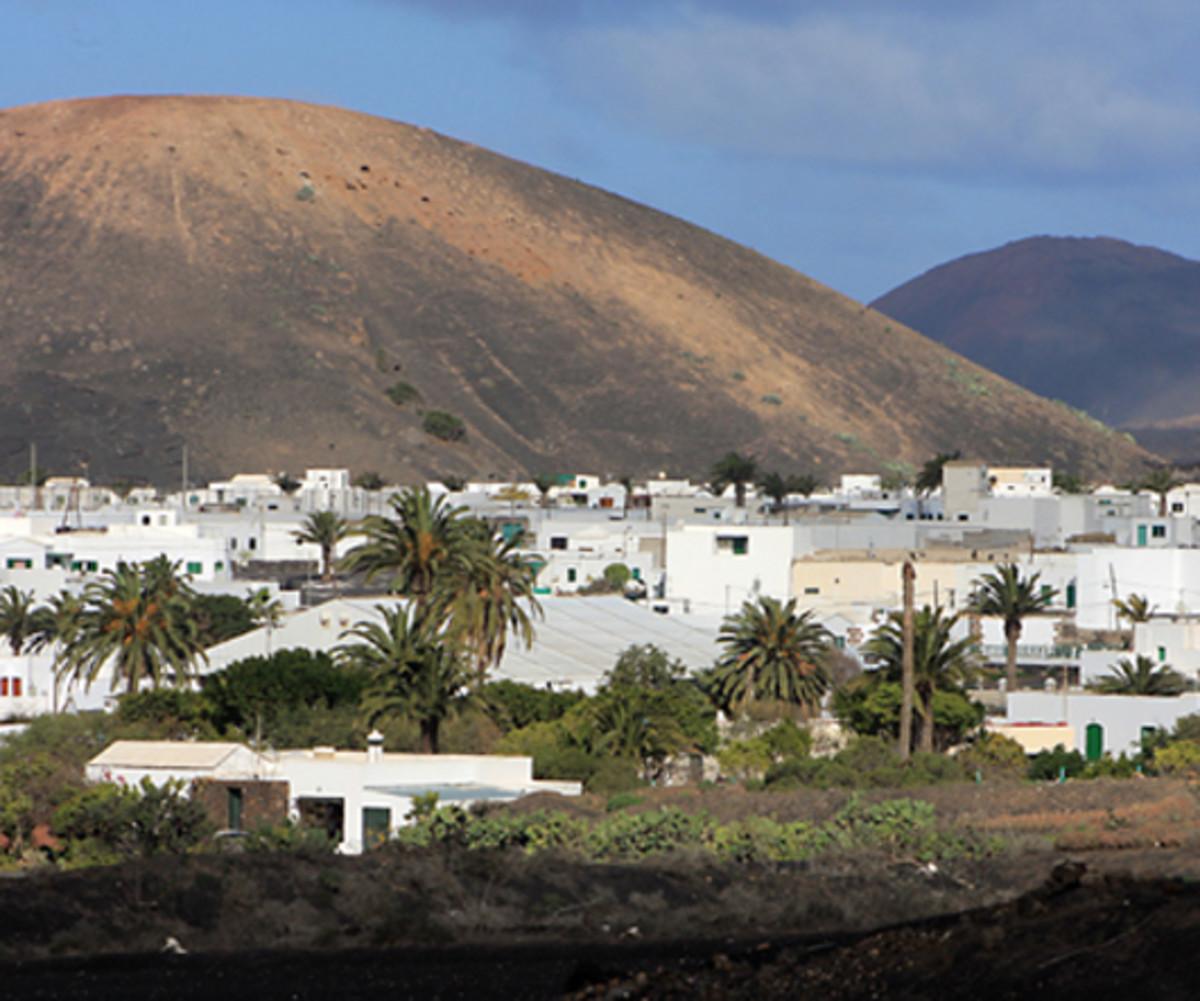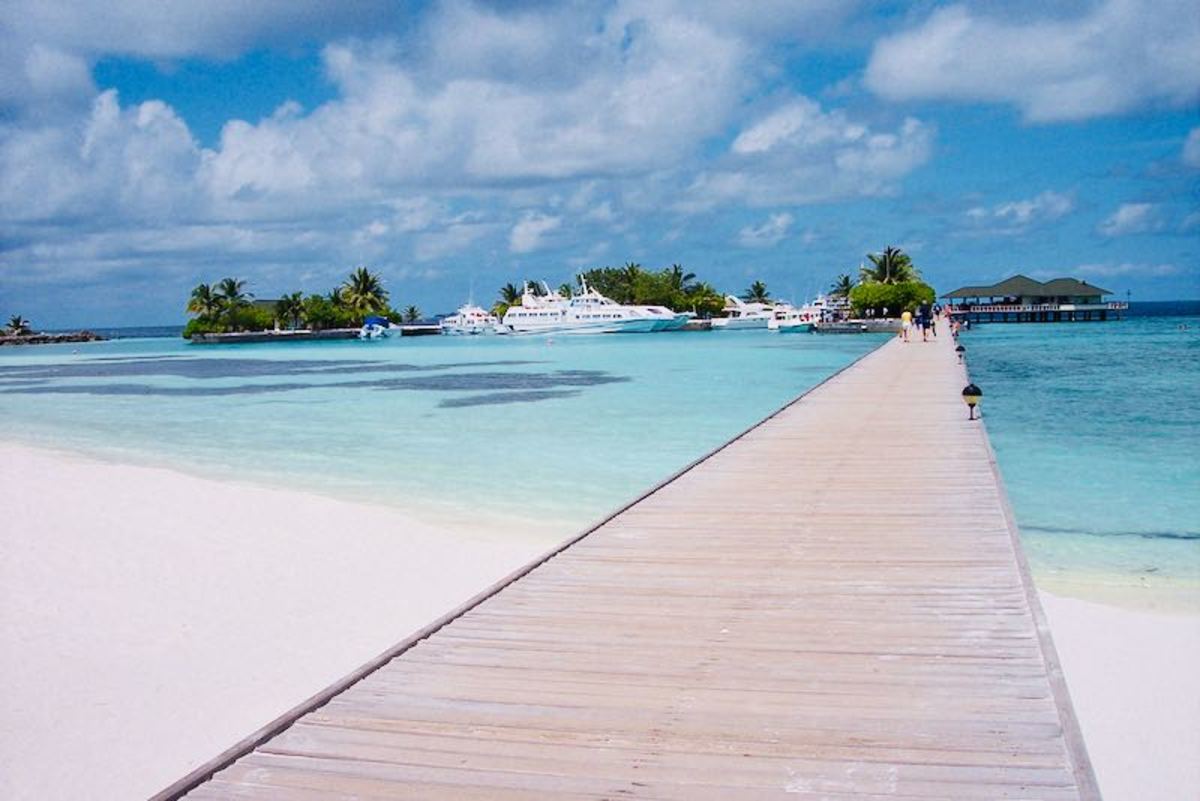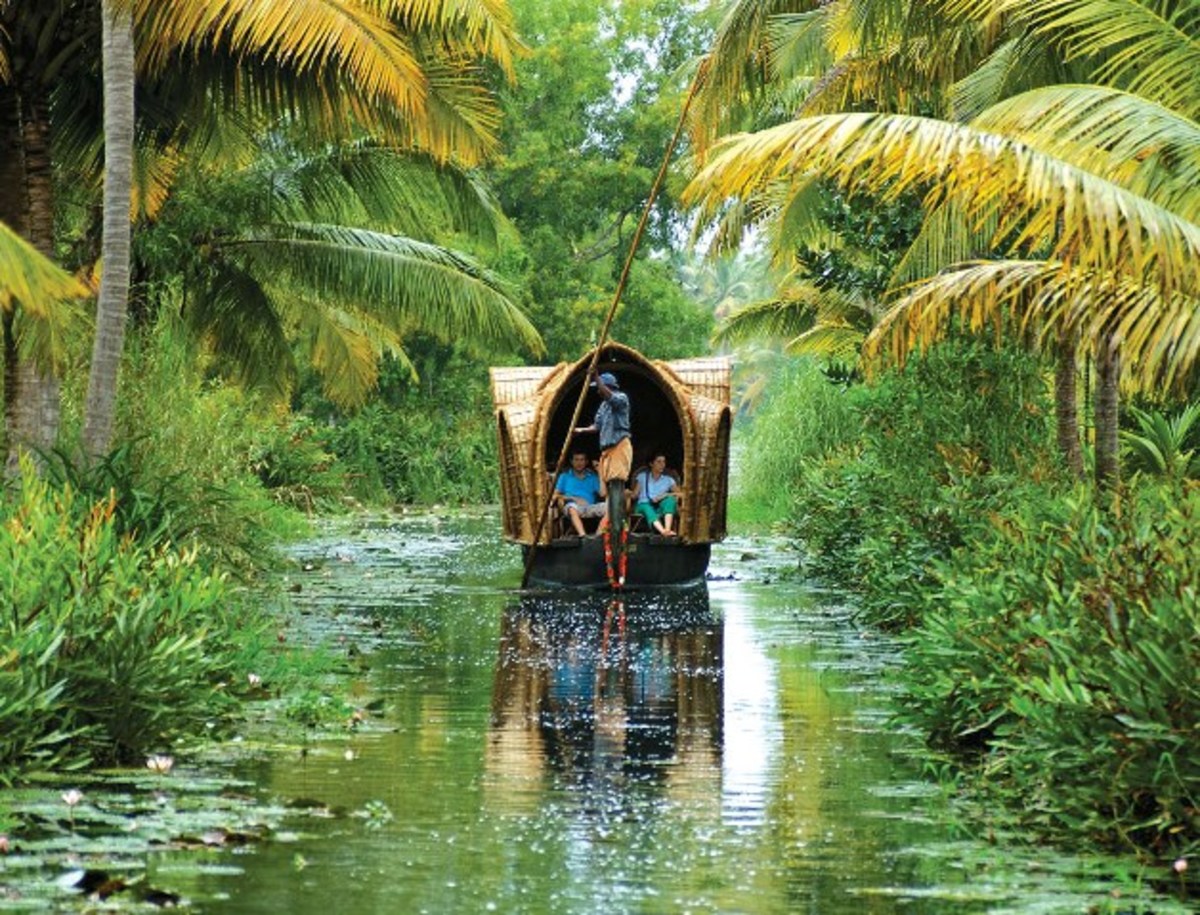- HubPages»
- Travel and Places»
- Visiting Asia»
- Southern Asia
Beyond the Beaches: Your Guide to a Local Maldivian Experience

The Maldives is an island nation of about 1200 small emerald gems of land strewn on the navy blue velvets of the Indian ocean. Dubbed the “sunny side of life”, (yes, the weather remains pretty much sunny throughout the year!) the islands are renown as luxury beach retreats, and is one of the famed destinations for tourists at the higher end of the spectrum. The people who visit this island nation do not usually come down here with the intention of exploring the local culture and lifestyle of the people.
However, if you are among the exceptions who are looking for a local experience here, you’re in luck. In my first ever piece of article, I’m going to arm you with some tips and tricks to enjoy a local “Dhivehi” experience, while also saving some money, in the Maldives.
Set your holiday plans for the time of Eid
Being a completely Muslim population, the Islamic festivals of Eid al-Fitr and Eid al-Ad’ha are the two major celebrations in the country. It is during this time that you get to experience the major cultural activities; the rituals of the Eid, the foods cooked for the festivals, the games and dances that go on throughout the days and into the night are parts of this Muslim culture that cannot be observed during any other time of the year. Of the two Eids, Eid al-Fitr is the best time to visit Maldives, since there are much more celebrations to be had after the holy month of Ramadan, and there are many organized cultural events and activities during this Eid.
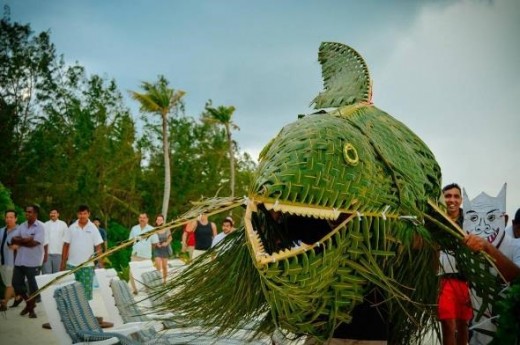
Stay at a guesthouse
This is a no-brainer; to get a local experience, you obviously have to stay around locals. This is not possible if you choose to stay at one of the luxury resorts, with its beautiful water villas and water bungalows.
In the Maldives, each resort is in its own private island, they are pretty expensive, going at around 200 USD per person for a night (during off season) at the lower end bargains, to the best of my knowledge. These resort islands are dedicated for tourism purposes, thus there are no locals inhabiting these islands.
In the past few years, the development of guesthouses throughout the country has facilitated the dreams of mid-budget and low-budget travelers to visit the Maldives. Prices of rooms at guesthouses average at about 70 USD during high season, and 40 USD during off season.
I would personally recommend that you stay at one of the guesthouses in the island of Hulhumalé, which is 15 minutes by ferry from the capital Malé. This way, you get to see the hustle and bustle of the city life, and also enjoy the island life, while staying in a place somewhat in the middle. Speaking of islands…
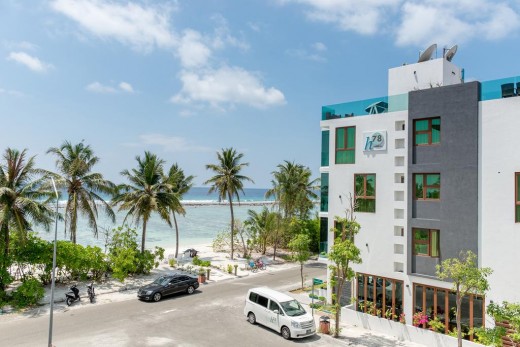
Explore nearby islands
There are a handful of islands near the capital, where you can travel to enjoy some sun and beach, and experience some of the local culture. Villimalé, Huraa, Thulusdhoo and Dhiffushi are some of the islands that come to mind as I write. You can take a ferry ride to these islands for about 20 to 40 Maldivian Rufiyaas depending on the island. The duration of travel ranges from 1 to 3 hours from closest to farthest. Another alternative would be for you to actually rent out rooms from a guesthouse on one of these islands. Don’t forget to check out some of the underwater life by snorkelling or diving while you’re at it.
If you’re into history, there are some other islands you could visit to around the country, including HA. Utheemu, AA. Thoddoo, GDh. Thinadhoo, and S. Gan. (Interesting fact: The letters before the dot refer to the atoll that the island belongs to. Cool huh?)
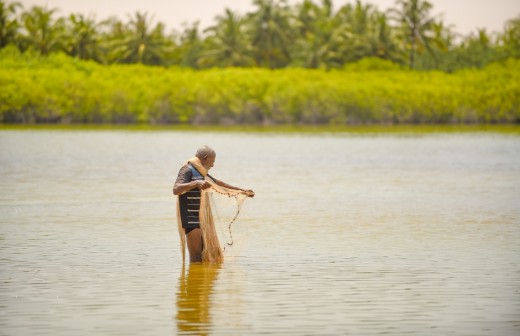
Eat local
Most of the restaurants scattered around the capital serve continental food, as in demand by the majority of the population. However, they do not serve local cuisines. To get a taste of the local dishes, you have to visit one of the local restaurants around town, or as we Maldivians call it, a kada. They may look less appealing than the usual restaurants you come across, but you can get dishes by the flavorful. Order a roshi mas’huni for breakfast or or stop by for a lunch of rice and garudhiya (local tuna broth) at one of these places. Some of the popular kada in Malé include Shabnam café, Eat More, Maryam café, and Moon café. (Side note: alcohol isn’t allowed in any of the inhabited islands, so if you’re looking to have a glass of beer after the meal, I’ve got bad news!)
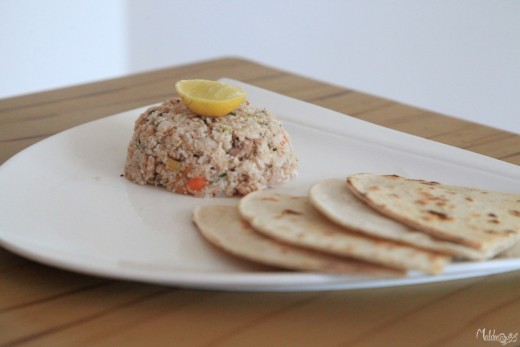
Try the local snacks
The Maldives doesn’t have a street food culture; restaurants and cafés are the way to go over here. However, we do have a variety of snacks and shorteats known as hedhikaa, which you will find popping up in convenience shops and cafés as teatime draws near. Items such as Gulha, Bajiyaa and Boakibaa are common on the teatime platter, and can be enjoyed along with a cup of milk tea or black tea. More traditional delicacies can be found as you move farther out from the capital.
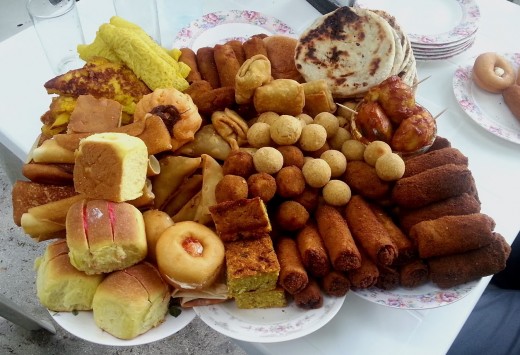
The islands of Maldives has endless relaxation and comfort to offer in its milky sands and crystal clear waters. However, the notorious prices that accompany this destination has always intimidated most of the travelers looking for a more mid-range, yet intimate experience within the pristine islands. Not any more; now you can afford to fulfill your dreams without breaking the bank. The sunny side of life is cheaper than ever, and it could be your next adventure.

